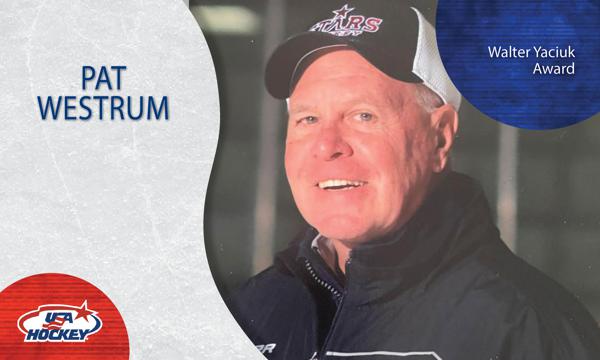“There’s so much information that people can get and have the ability to use it,” Westrum said. “These kids are so much physically stronger and faster. I think the hardest part now is there’s so many hoops for new coaches to jump through. I think another thing I’d like to see more of us doing is more age-appropriate coaching.”
What today’s players need improvement on, Westrum said, is hockey sense.
“It hasn’t really improved that much,” Westrum said. “These kids are playing all year-round, and they’re not resting their muscles or their mind. And they are trained by these specialists, and it’s the skating, puck skills and shooting, but they lose the aspect of knowing when to go somewhere.
“It’s like going grocery shopping. They’re in a hurry to go get something, but they don’t know really what they want. That’s an issue I think we have to continue to work on, and the aspect of having fun. So many kids now … are quitting [at] early ages. Yeah, it’s a lot of burnout. It’s not only hockey. It’s all sports and a lot of activities.”
Westrum said parents sometimes focus on all the money in professional sports and believe that if their children just train hard enough, they can reach that level.
“Not everybody’s going to be a pro athlete,” Westrum said. “If they’re good, and their god gives them the talent, and they really love the game, they’re going to continue to grow and develop and have a chance. I keep saying, ‘Get back, let the kids have fun and play the game.’”
Westrum longs for the days when promising young hockey players stayed fresh by participating in other sports.
“I’d love to see that [return],” Westrum said. “But there’s no way that’s ever going to happen.”
Westrum does envision a future in which there are fewer players on the ice to accommodate for the skill in today’s game.
“One thing I think is going to happen, starting in the National Hockey League, the rinks aren’t big enough for the play,” Westrum said. “They may end up having … 4-on-4 hockey. The Olympic-size rink is not the answer.
“People love it when they go into overtime and they go 3-on-3. It shows skill level. It shows a lot of things.”
Story from Red Line Editorial, Inc.



